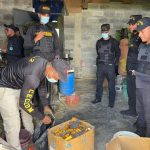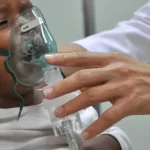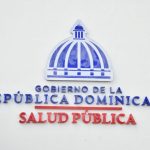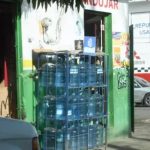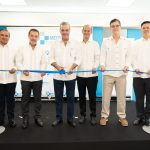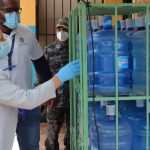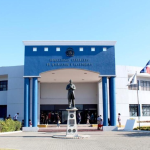The Climate Agreement in Paris: Betting on collective action

At the 21 Conference of Parties (COP21) ofthe United Nations Framework Convention on Climate Change, which takes place inParis from November 30 to December 11, the governments of the world face thechallenge of reaching an agreement to limit global temperature rise to below 2 degreesCelsius by the year 2100 above the pre-industrial level.
To achieve this aim, the COP21 introduces adifferent model compared to the Kyoto protocol (2005-2012), which was based onan interpretation of common but differentiated responsibilities. Today the newmodel emphasizes common responsibilities and softens the differentiation. Thismodel is focused on the majority of countries contributing in terms ofmitigation and adaptation, in formalizing their national voluntary commitment withinthe framework of the Convention as well as in achieving regular mechanisms ofreview. Additionally, transfers in the technological and financial spheres areexpected to be agreed on, with an annual flow of up to $100 billion dollars.
The vehicle of change is the countries’presentation of the Intended Nationally Determined Contributions (INDCs). As ofOctober 1, 147 countries had submitted their INDCs. The Secretariat of theConvention considers that these INDCs will bring global average emissions percapita down to 6.7 tons in 2030 from 7.3 tons in 1990, which implies areduction of 9% and does not avoid the additional increase of 2.7°C by the endof the century.
In the case of Latin America and theCaribbean, 23 countries, which together are responsible for 88% of the region’stotal emissions (according to data from 2012), had presented their INDCs bythat date. Mexico was one of the first countries at a global level to submitits proposal to unconditionally reduce 25% of its greenhouse gas emissions(GEI) regarding an inertial scenario by 2030. The Dominican Republic followed,committing to a reduction of 25% by 2030 compared to 2010. Brazil stood outwith the proposal for reducing its emissions 37% in 2025 compared to 2005.
The effort of these contributions is mainlyaimed at the forestry and energy sectors, and also includes actions orientedtowards good practices on the agricultural sphere, clean transportation, wastemanagement and improvement of the industrial process. The Latin American INDCshave a strong adaptation component, since the region is highly vulnerable tothaw, the rise in sea level, floods or extreme droughts, depending on the area.
For this, the Economic Commission for LatinAmerica and the Caribbean (ECLAC) facilitates climate change scenarios bycountry and the rise in sea level, the transfer of analysis tools and supportto governments’ priorities in terms of adaptation and inclusive mitigation, andwith social gains.
In the case of our region, ECLAC promotes aprogressive structural change for a more sustainable and inclusive development.Persistent inequality is expressed as much in energy consumption as well as inemissions and exposure to risk. This leads to protective measures for the mosteconomically vulnerable to have a favorable effect on adaptation, and forsocial inclusion and health care measures -such as the improvement of publictransportation, waste management and ecosystem’s health- to have a positiveimpact on mitigation and, therefore, an aggregated social value.
In Latin America and the Caribbean, thecomposition of the emissions is dominated by electric power generation,transportation and the change in the use of soil. ECLAC advocates for aproductive diversification. Therefore, a curb on the great polluters at aglobal level as well as the internal reduction of the main emitters byconsumption are critical conditions to protect the remaining space to adjustthe emissions that would come from a more diversified productive apparatus.
In short, COP21 is a moment of change andopens a transition period that should be successful in the sphere ofmultilateralism for a collective action. Future options when facing a failure ofthis path are not in any way attractive and even ominous for our region’scountries.


